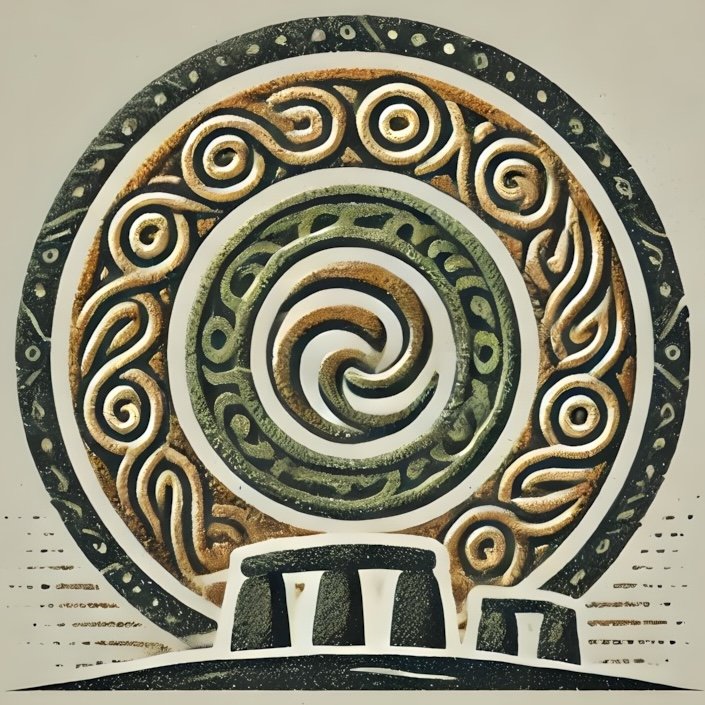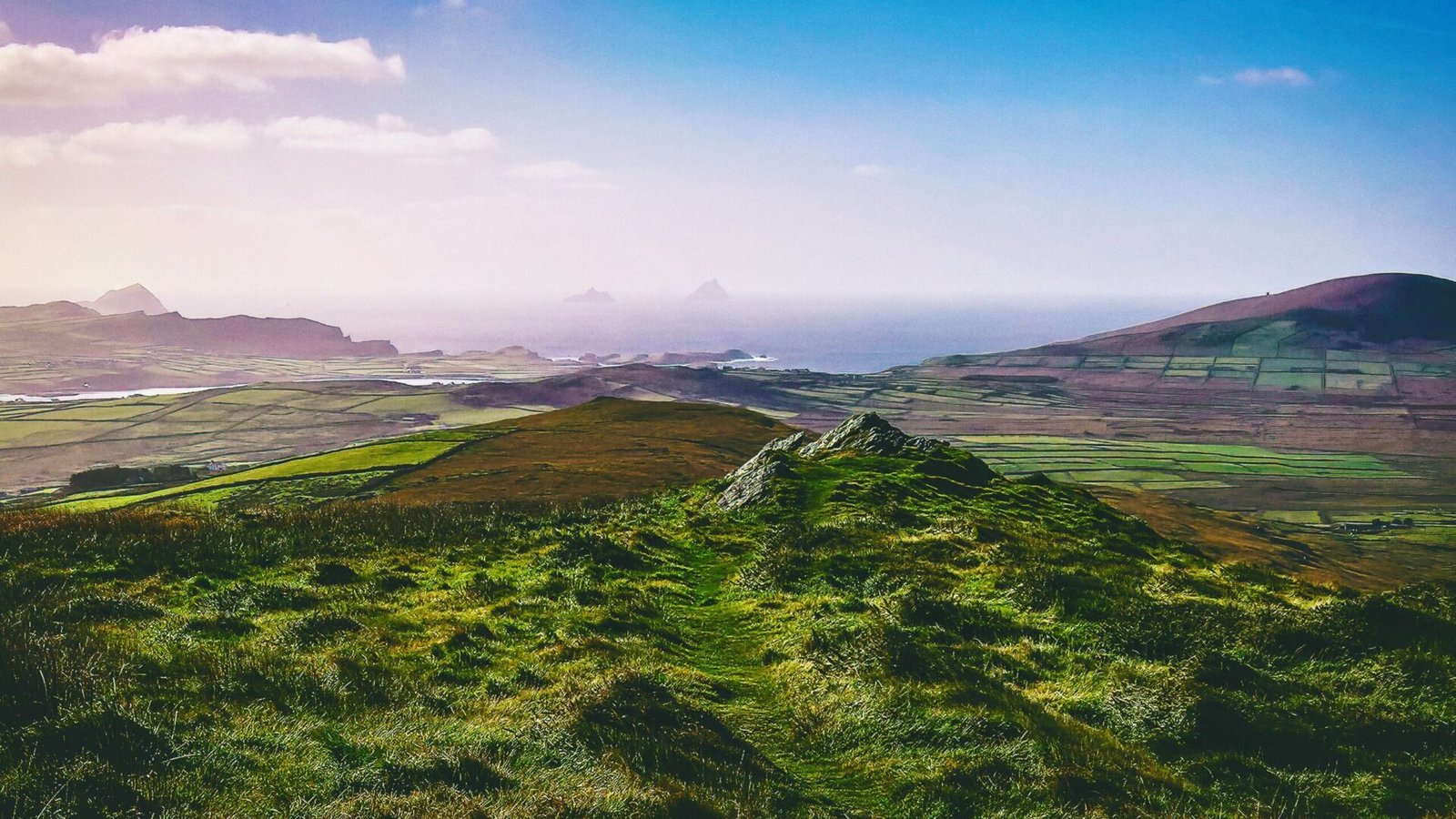Introduction to Social Hierarchies in Prehistoric Ireland
Prehistoric Ireland, a land steeped in myth and mystery, was characterized by a complex tapestry of social hierarchies that evolved over millennia. The emergence of social stratification marked a pivotal transformation in Irish society, transitioning from small, kin-based groups to more organized structures. This shift was not merely a reflection of population growth or environmental changes but was deeply intertwined with the rise of warriors, chieftains, and the formation of early hierarchical systems. The landscape of Ireland, dotted with hillforts and ancient monuments, provides a tangible connection to these early societies, allowing us to explore their dynamics and the power struggles that shaped their existence.
The Role of Warriors in Irish Society
At the heart of early Irish society were the warriors, whose roles extended beyond mere combatants. These individuals were often the elite of their communities, revered for their martial prowess and bravery. Warriors were not only defenders of their kin but also played crucial roles in the political and social arenas. Their status was often tied to their ability to protect and expand territory, making them pivotal figures in the power dynamics of their tribes.
In a society where honor and reputation were paramount, warriors participated in rituals and feasts that reinforced their status. The tales of legendary figures, such as Cú Chulainn, illustrate the cultural significance of warriors in Irish mythology. These stories served as both entertainment and moral lessons, emphasizing the values of courage, loyalty, and the importance of kinship ties. Warriors were celebrated not just for their victories in battle but also for their roles as leaders and protectors of their communities.
Chieftains and Leadership Structures
Chieftains emerged as the primary leaders within these warrior societies, often coming from distinguished lineages. Their authority was derived from a combination of hereditary privilege, martial skill, and the ability to forge alliances. Chieftains were responsible for making critical decisions regarding warfare, resource allocation, and diplomatic relations with neighboring tribes.
The leadership structures in prehistoric Ireland were not rigid but rather fluid, often influenced by the chieftain’s ability to maintain loyalty among their warriors. This loyalty was cultivated through shared experiences in battle, communal feasting, and the distribution of spoils. The role of the chieftain was thus a delicate balance of power, requiring both strength and diplomacy to navigate the complexities of tribal politics.
Formation of Early Hierarchical Structures
As Irish society evolved, so too did its hierarchical structures. The formation of early chiefdoms marked a significant shift from egalitarian tribal systems to more stratified societies. This transition was facilitated by increased agricultural production, which allowed for surplus and the emergence of specialized roles within communities.
Archaeological evidence suggests that the construction of hillforts played a crucial role in this transformation. These fortified sites served not only as military strongholds but also as symbols of power and prestige. The presence of a hillfort often indicated the authority of a chieftain, who could command resources and labor to construct and maintain such structures. The organization of labor for these projects reflects the growing complexity of social hierarchies and the increasing importance of leadership roles.
Military Organization and Warfare
The organization of military forces in prehistoric Ireland was a reflection of the social hierarchies in place. Warriors were often grouped into bands or companies, led by a chieftain or a prominent warrior. These groups would engage in raids, territorial disputes, and alliances, with warfare serving as a means of asserting power and influence.
The tactics employed in these conflicts were influenced by the geography of Ireland, with its rugged terrain and dense forests providing both challenges and advantages. Warfare was not merely about conquest; it was also a means of establishing social order and reinforcing the chieftain’s authority. The outcomes of battles could lead to shifts in power dynamics, with victorious chieftains gaining prestige and resources, while the defeated faced the threat of subjugation.
Key Archaeological Sites Related to Warriors and Chieftains
Exploring the remnants of prehistoric Ireland offers invaluable insights into the lives of warriors and chieftains. Key archaeological sites, such as the hillforts of Dun Aonghasa on the Aran Islands and the impressive fortifications of Grianan of Aileach in County Donegal, provide tangible connections to these early societies.
Dun Aonghasa, perched dramatically on a cliff, showcases the strategic importance of location in warfare and defense. Its massive stone walls and intricate layout reflect the organizational skills of its builders and the social hierarchy that supported such endeavors. Meanwhile, Grianan of Aileach, with its commanding views of the surrounding landscape, served as a political and ceremonial center, reinforcing the power of the chieftains who ruled from its heights.
Other significant sites, such as the passage tombs of Newgrange and Knowth, also offer glimpses into the ritualistic aspects of warrior culture. These monumental structures, built during the Neolithic period, hint at the importance of ancestry and the veneration of past leaders, further intertwining the themes of power, warfare, and mythology.
Cultural and Mythological Connections
The interplay between history and mythology is a defining characteristic of Irish culture. The tales of ancient heroes, such as the Táin Bó Cúailnge, not only provide narratives of valor and conflict but also serve as reflections of the societal values of the time. These stories often depict the struggles between rival chieftains, the significance of loyalty among warriors, and the divine interventions that shaped the fates of individuals and tribes.
Mythology also played a role in legitimizing the power of chieftains, as many claimed descent from gods or legendary figures. This connection to the divine reinforced their authority and justified their leadership in the eyes of their followers. The rich tapestry of Irish mythology continues to resonate today, providing a cultural framework that links the past with the present.
The Transition from Tribal to Early State Societies
As the dynamics of power evolved, prehistoric Ireland began to transition from tribal societies to more centralized forms of governance. This shift was marked by the emergence of early state societies, characterized by increased social stratification, economic specialization, and the establishment of more formalized political structures.
The rise of larger, more complex chiefdoms laid the groundwork for the eventual formation of kingdoms. This evolution was influenced by various factors, including trade, warfare, and the consolidation of power among influential chieftains. The establishment of trade routes and alliances facilitated the exchange of goods and ideas, further contributing to the complexity of social hierarchies.
Warriors, Chieftains, and the First Hierarchies
In summary, the exploration of warriors, chieftains, and the early hierarchical structures of prehistoric Ireland reveals a dynamic and evolving society. The interplay of warfare, leadership, and cultural narratives shaped the landscape and the lives of its people, leaving an indelible mark on the history of Ireland. As we traverse the ancient sites and delve into the myths that define this rich heritage, we uncover the enduring legacy of those who came before us, forever intertwined with the land they once inhabited.

